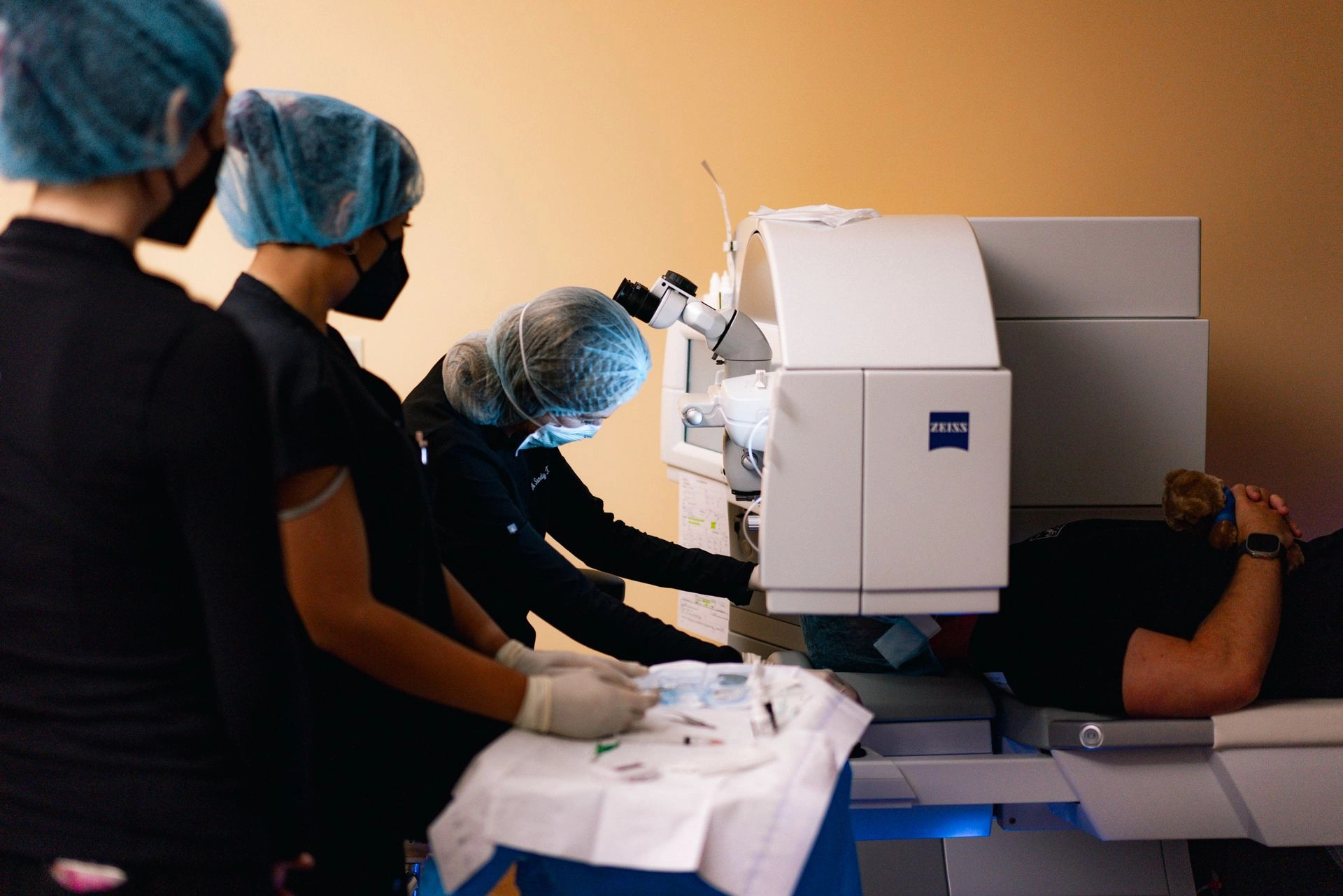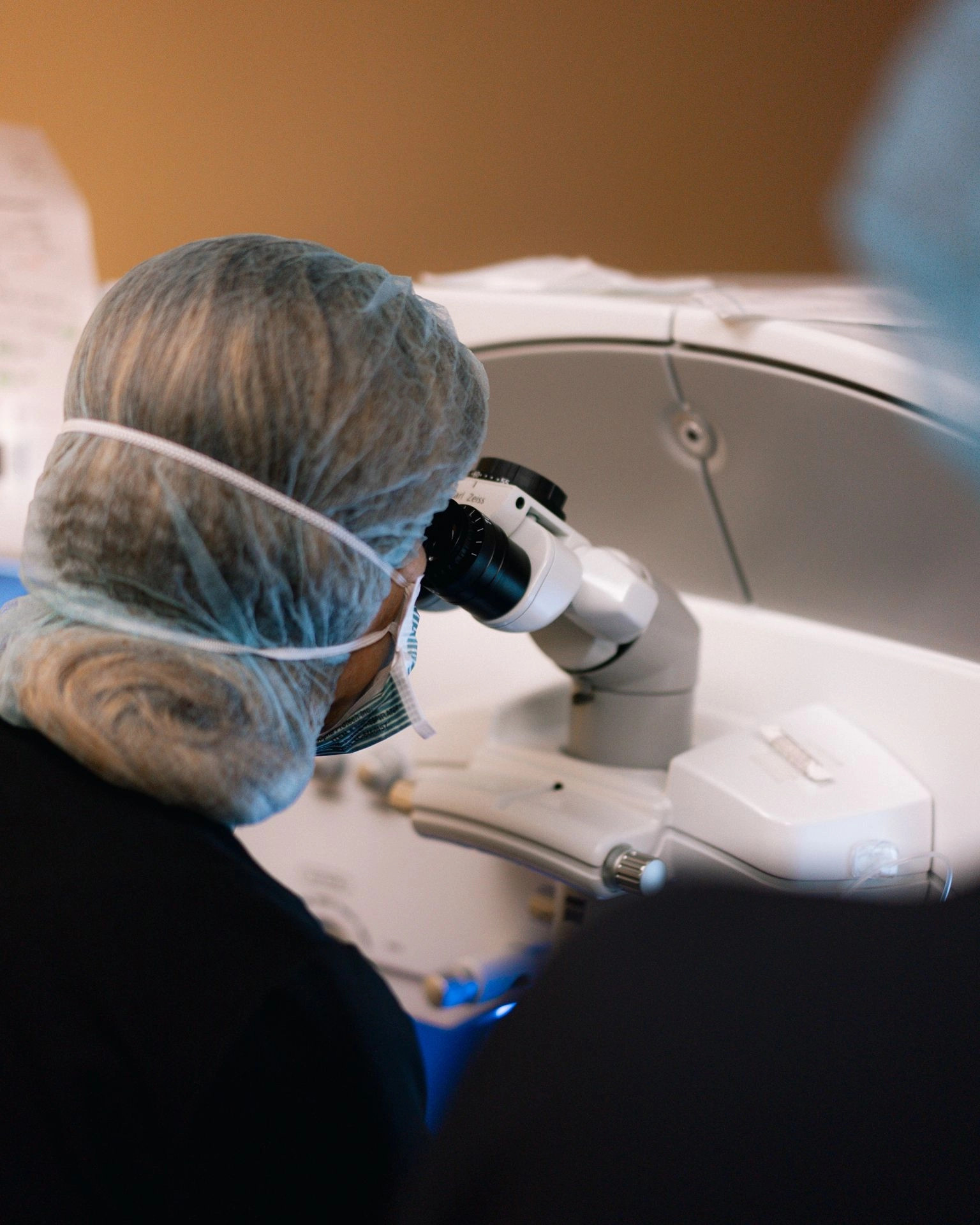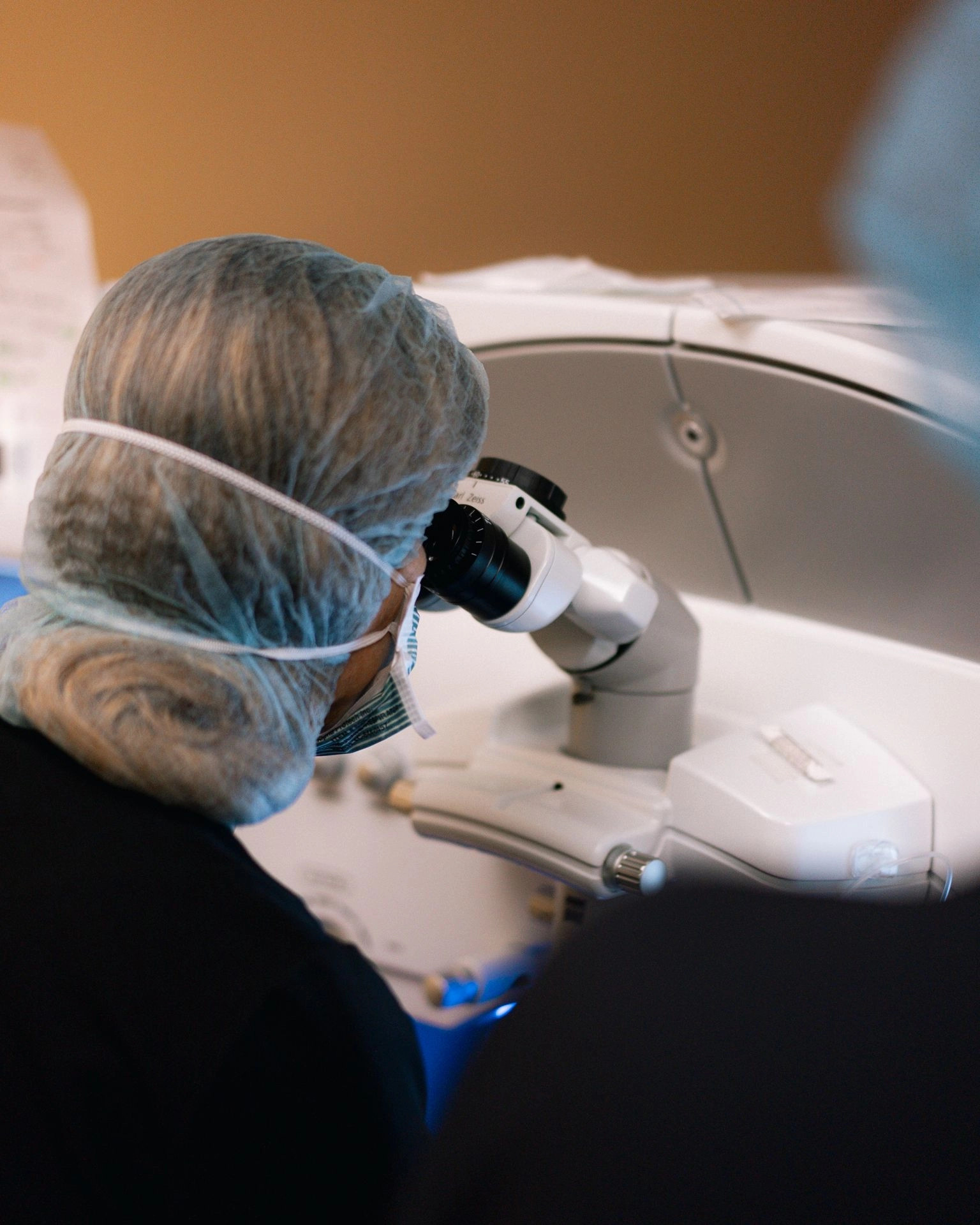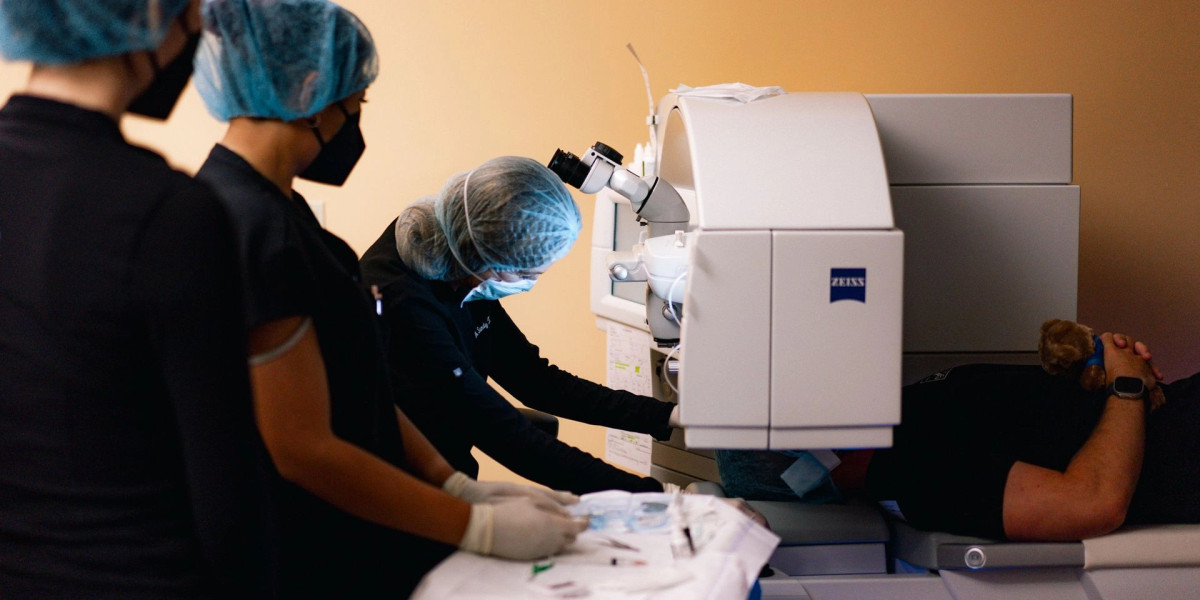yes are not only the windows to the soul—they are also essential for how we experience the world. As we age or encounter eye-related conditions, our vision can deteriorate, affecting our quality of life. Fortunately, modern medical advancements offer a range of solutions to restore visual clarity. Two of the most effective options are eye surgery for vision correction and cataract lens replacement surgery. Understanding these procedures, how they work, and when to consider them can help you make informed decisions for your ocular health.
Why Vision Deteriorates

Vision problems can arise for many reasons, including genetics, environmental factors, and aging. Some of the most common visual impairments include nearsightedness (myopia), farsightedness (hyperopia), astigmatism, and presbyopia. Additionally, cataracts—a clouding of the eye’s natural lens—are a leading cause of vision loss, especially among older adults.
When glasses or contact lenses no longer provide adequate clarity or comfort, surgical intervention becomes a practical and often life-changing option. Today, eye surgery for vision is safer, more effective, and more accessible than ever.
Eye Surgery for Vision: A Broad Category
The term eye surgery for vision covers a variety of procedures aimed at correcting or improving eyesight. These surgeries are designed to reduce or eliminate the need for corrective lenses and address conditions such as refractive errors and cataracts.

Types of Vision Correction Surgeries
- LASIK (Laser-Assisted In Situ Keratomileusis)
One of the most popular procedures, LASIK, reshapes the cornea to allow light entering the eye to be properly focused on the retina.
- PRK (Photorefractive Keratectomy)
Similar to LASIK but suitable for individuals with thinner corneas. It involves removing the outer layer of the cornea and reshaping the underlying tissue.
- SMILE (Small Incision Lenticule Extraction)
A minimally invasive alternative to LASIK, SMILE is used to correct myopia and astigmatism.
- ICL (Implantable Collamer Lens)
An artificial lens is inserted inside the eye without removing the natural lens. It’s often used for patients who are not good candidates for laser eye surgery.
Each of these options falls under the umbrella of eye surgery for vision and is selected based on the patient's unique eye anatomy and condition.
Understanding Cataracts and Their Impact
Cataracts develop when the natural lens of the eye becomes cloudy, leading to blurred vision, glare sensitivity, difficulty seeing at night, and dull colors. Cataracts are most commonly age-related but can also result from trauma, medical conditions like diabetes, or prolonged steroid use.
Once cataracts start interfering with daily activities, surgery becomes the only effective treatment. This is where cataract lens replacement surgery plays a crucial role.
What is Cataract Lens Replacement Surgery?

Cataract lens replacement surgery is a highly successful and commonly performed procedure worldwide. During the surgery, the cloudy natural lens of the eye is removed and replaced with a clear artificial lens, known as an intraocular lens (IOL). This new lens restores sharpness, clarity, and vibrant color perception.
Types of Intraocular Lenses (IOLs)
- Monofocal IOLs – These provide clear vision at one distance, typically for distance viewing. Glasses may still be needed for reading.
- Multifocal IOLs – Designed to offer clear vision at multiple distances, reducing or eliminating the need for glasses after surgery.
- Toric IOLs – Ideal for patients with astigmatism, offering both vision correction and cataract treatment.
- Accommodating IOLs – These mimic the eye’s natural ability to shift focus, allowing a broader range of clear vision.
Choosing the right IOL is a collaborative decision between the patient and ophthalmologist, depending on visual needs and lifestyle preferences.
Benefits of Cataract Lens Replacement Surgery
Modern cataract lens replacement surgery is quick, usually lasting 15–30 minutes per eye, and is performed under local anesthesia. Recovery is fast, with many patients reporting significant improvement in vision within just a few days.
Benefits include:
- Enhanced visual clarity and brightness
- Greater independence from glasses
- Improved night vision
- Enhanced quality of life
In many cases, the artificial lenses also correct pre-existing refractive errors, effectively serving the function of eye surgery for vision as well.
Choosing Between Vision Surgery and Cataract Replacement
While both eye surgery for vision and cataract lens replacement surgery aim to improve sight, they serve different purposes. Vision correction surgeries like LASIK are typically elective and chosen to reduce dependence on glasses or contacts. In contrast, cataract surgery is usually medically necessary once the condition progresses and impacts daily function.
However, patients with cataracts often benefit from both restoration of clarity and correction of vision errors, making cataract lens replacement surgery a dual-purpose solution in many cases.
What to Expect During Recovery
After any form of eye surgery for vision or cataract replacement, patients should follow post-operative instructions carefully. This may include using prescribed eye drops, avoiding heavy lifting, and refraining from rubbing the eyes. Most patients can resume normal activities within a few days, although full healing can take several weeks.
It’s essential to attend follow-up appointments to ensure the eyes are healing properly and the desired vision correction is achieved.
Is Surgery Right for You?
If your daily activities are hindered by blurry vision, glare, or constant changes in prescription, it may be time to explore your options for surgical correction. A thorough eye examination and consultation with a qualified ophthalmologist will help determine whether you're a candidate for eye surgery for vision, cataract lens replacement surgery, or both.
Factors considered include:
- Age and overall health
- Type and severity of vision problems
- Eye anatomy and corneal thickness
- Lifestyle and occupational needs
Conclusion
With today's advanced medical technologies, achieving clearer, sharper vision is no longer just a dream. Whether you're struggling with refractive errors or cataracts, solutions like eye surgery for vision and cataract lens replacement surgery can dramatically enhance your sight and quality of life.
If you’re ready to see the world more clearly and confidently, consider a consultation with trusted eye care professionals. Clear View Eyes specializes in comprehensive vision correction services, from state-of-the-art laser surgeries to precision cataract lens replacements. Let Clear View Eyes guide you on your journey to optimal vision—because your eyes deserve the very best.



